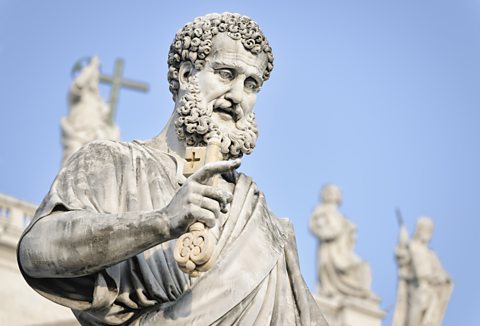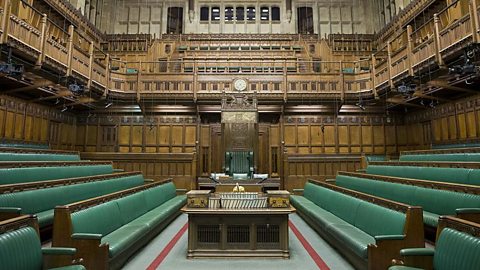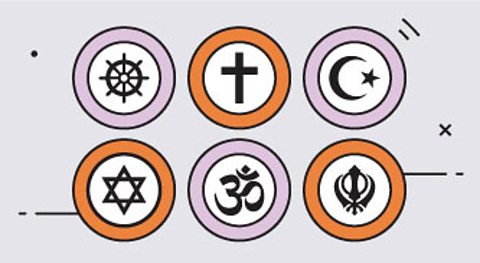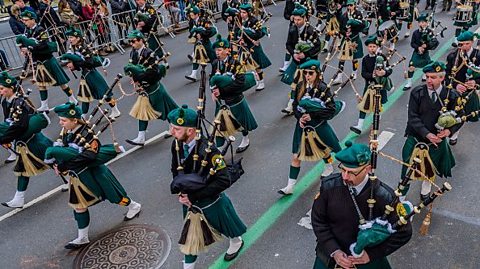YouŌĆÖve probably noticed that the date of Easter moves around quite a bit.
Sometimes it comes at the end of March; other years it happens in late April. In 2024, Easter is on Sunday 31 March. For it to come any later than it was in 2019 (21 April) youŌĆÖll have to wait until 2038.
So why does it move about so much? LetŌĆÖs find out

Why it can be late
Easter is always on the first Sunday after the first full moon that follows the spring equinox. But this full moon is an ecclesiastical full moon (ecclesiastical means ŌĆśof the ChurchŌĆÖ), and so wasn't calculated in quite the same way modern astronomers would.
On top of that, for the purpose of calculating Easter, the spring equinox is always on 21 March.
In 2024, the first Sunday after the first full moon following the 21 March is Sunday 31 March.
These rules also mean that the earliest possible date that Easter Sunday can fall is the 22nd March. The last time that happened was in 1818.
So how did all this come about? And why do we use the Moon to calculate the date of Easter? Let us explain.
Computing computus
The method to calculate the date of Easter is called ŌĆścomputusŌĆÖ, from the Latin word that means, you guessed it, calculation. It was a big, big thing in the Middle Ages ŌĆō and still is today.
Easter marks the date of JesusŌĆÖs death and resurrection, which, according to the Bible, happened around the Jewish Passover.
Like the date of Passover, the date to mark the Resurrection was calculated using the lunar calendar, which is based on the cycles of the Moon. This threw a spanner in the works, as lunar cycles were calculated in various ways back then.
Moreover, different Christian groups disagreed on the date to celebrate the Resurrection. Some celebrated it on Passover itself, some the following Sunday.
This made things quite complicated.
Let's get this sorted
In 325 AD, Emperor Constantine called the Council of Nicea, the first council of the Christian Church. As well as discussing other key beliefs, the Council wanted to settle the issue of the date of Easter.
It was decided that all Christians should celebrate Easter on the first Sunday after the first full moon on or after the spring equinox.
That should have put the issue to bed once and for all. But different traditions kept calculating it in different ways, backing up their choice with different Gospels.
The saintliest saint
In England, for example, Irish monks forcefully argued that their way of doing it had started with John the Evangelist. But Roman monks claimed their calculations had begun with St Peter himself.
One year, Northumbrian King Oswy ŌĆō who followed the Irish tradition ŌĆō celebrated Easter at different times from his Kentish wife, who followed the Roman tradition. To put it in todayŌĆÖs words, that was awkward.
So, in 664, a meeting of the clergy was organised in Whitby Abbey to sort the matter out. King Oswy had the final say and decided the Roman tradition should be adopted in the whole of England.

Apart from wanting to celebrate at the same time as his wife (and wanting to be more politically aligned with Europe), his decision came down to the fact that St Peter is the gatekeeper of heaven, and the King wanted to get there. So, the Roman tradition was adopted in England.
Bishop Coleman of the Irish monks was furious, resigned, and went back to Ireland with a group of like-minded monks, never to return.
The Pope gets involved
At the end of the 16th century, things changed again. Christians had, up to this point, followed the Julian calendar (named after its inventor Julius Caesar). In this system, there is a repeating pattern of three years of 365 days followed by a leap year of 366 days. However, this calendar overestimated the length of the tropical year, the time from one equinox to the next, which also affected - you guessed it - the date of Easter.
To solve this, in 1582, Pope Gregory XIII suggested knocking off a few days from the calendar and adjusting the frequency of leap years. That year, in all countries who went with the PopeŌĆÖs plan, 4 October was to be followed by 15 October. But, by that point, England was largely a Protestant country. The change suggested by the Catholic Pope proved to be quite controversial and wasnŌĆÖt implemented.
Order!
In the 18th Century, Parliament declared that enough was enough. It was decided that Wednesday 2 September 1752 would be followed immediately by Thursday 14 September 1752, and from then on England, Scotland, Wales and Ireland would follow the same calendar as most of Europe.

Today, although the Gregorian calendar is the international civil calendar, itŌĆÖs still not used by all churches. The Orthodox Church follows the Julian calendar, so the Orthodox Easter normally falls a bit later (in 2024 it will be marked on Sunday 5 May.) In 2025, both Churches will celebrate Easter on Sunday 20 April.
There have been talks of fixing the date of Easter but, for the foreseeable future, it will remain a movable feast. So if you always want to know when Easter is from the top of your head, you know what to do: learn computus! Or perhaps search it online.
This article was last updated in January 2024
GCSE Religious Studies
We have everything you'll need to revise for your Religious Studies GCSE.

What is Holi festival and why is it celebrated?
Find out why people throw colourful powder on their mates at the start of spring.

Why is St Patrick's Day so popular in America?
The patron saint of Ireland's popularity in the USA and across the globe.
